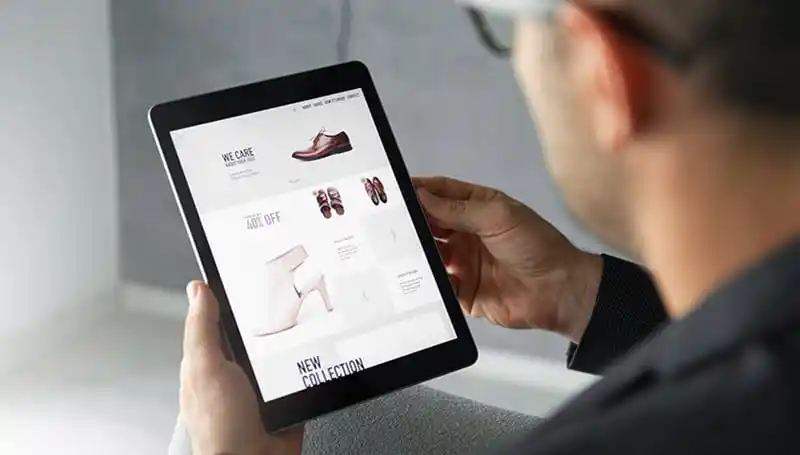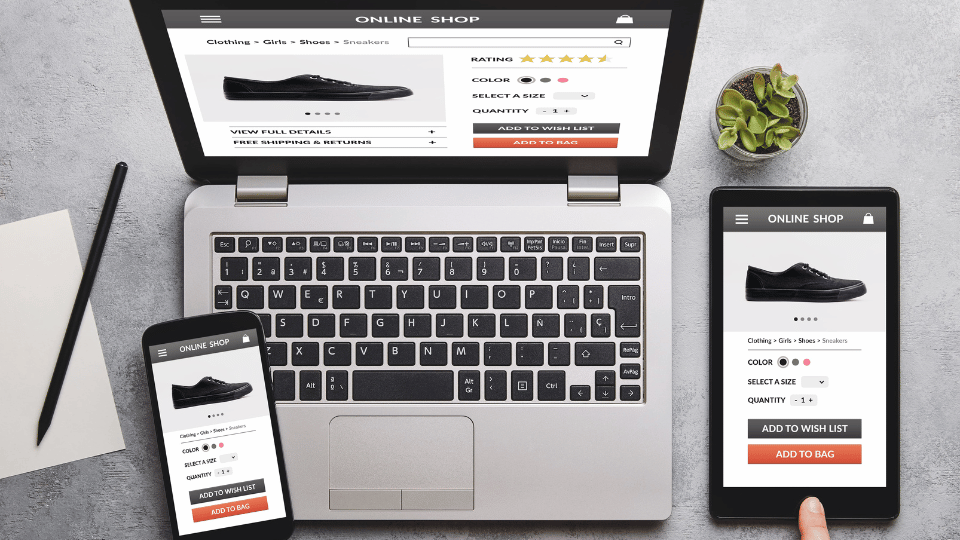In the dynamic field of user experience (UX) design, prototyping plays a crucial role in creating intuitive and user-friendly digital experiences. UX prototyping involves the creation of interactive mockups that allow designers to test and refine their ideas before final implementation.
By incorporating prototyping into the design process, teams can gather valuable feedback, iterate quickly, and ultimately deliver products that meet user needs and expectations.
1. Understand the Purpose of Prototyping
Before diving into the prototyping process, it’s essential to have a clear understanding of its purpose. Prototyping is not just about creating a visually appealing design; it’s about testing functionality, interactions, and user flows. By focusing on these aspects, designers can uncover usability issues early on and make informed design decisions.
2. Choose the Right Prototyping Tool
With a wide range of prototyping tools available in the market, selecting the right one can be overwhelming. When choosing a prototyping tool, consider factors such as your design workflow, collaboration needs, and learning curve.
Popular tools like Figma, Adobe XD, and InVision offer features that cater to different design requirements. Experiment with a few tools to find the one that best suits your workflow and project needs.
3. Start with Low-Fidelity Prototypes
Low-fidelity prototypes, also known as wireframes, are a great starting point for exploring ideas and concepts. These rough sketches focus on layout and structure without getting into detailed design elements. Low-fidelity prototypes are quick to create and modify, making them ideal for early-stage ideation and feedback gathering.
4. Iterate and Refine Your Designs
Prototyping is an iterative process that involves continuous refinement based on user feedback and testing results. As you progress through different stages of prototyping, be open to making changes and improvements to your designs. By iterating on your prototypes, you can address usability issues, enhance user interactions, and create a more polished final product.
5. Test with Real Users
One of the key benefits of prototyping is the ability to conduct user testing and gather valuable insights. Involve real users in the testing process to understand how they interact with your design, identify pain points, and gather feedback for improvement. User testing can help validate design decisions, uncover usability issues, and ensure that the final product meets user expectations.
6. Collaborate with Stakeholders
Effective collaboration is essential for successful prototyping. Involve stakeholders, including developers, product managers, and other team members, in the prototyping process. By sharing prototypes and gathering feedback from different perspectives, you can ensure that the final design aligns with business goals, technical requirements, and user needs.
7. Stay Updated with Industry Trends
The field of UX design is constantly evolving, with new tools, techniques, and trends emerging regularly. Stay updated with industry trends by following design blogs, attending conferences, and participating in workshops. Continuous learning and exploration can help you enhance your prototyping skills and stay ahead in the competitive UX design landscape.
8. Seek Feedback and Learn from Mistakes
Feedback is a valuable source of insight that can help you improve your prototyping skills and design outcomes. Be open to receiving feedback from peers, mentors, and users, and use it to refine your prototypes and enhance your design process. Embrace mistakes as learning opportunities and leverage them to grow as a designer.
9. Build a Strong Portfolio
A strong portfolio showcasing your prototyping projects is essential for landing job opportunities in the UX design field. Include a variety of projects that demonstrate your prototyping skills, problem-solving abilities, and design process. Highlight your role in each project, the challenges you faced, and the impact of your design solutions.
10. Explore Career Opportunities in UX Prototyping
With the increasing demand for UX designers, there are abundant career opportunities in the field of UX prototyping. Roles such as UX Designer, Interaction Designer, and UI Developer often involve prototyping as a core aspect of the job. Explore job openings at design agencies, tech companies, and startups to kickstart your career in UX prototyping.
Key Takeaways:
- Understand the purpose of prototyping to test functionality, interactions, and user flows.
- Choose the right prototyping tool that suits your workflow and project needs.
- Start with low-fidelity prototypes for early-stage ideation and feedback gathering.
- Iterate and refine your designs based on user feedback and testing results.
- Conduct user testing to validate design decisions and ensure the final product meets user expectations.
- Collaborate with stakeholders to align design with business goals and user needs.
- Stay updated with industry trends to enhance your prototyping skills.
- Seek feedback to improve your design outcomes and learn from mistakes.
- Build a strong portfolio showcasing your prototyping projects to land job opportunities.
- Explore career opportunities in UX prototyping, such as UX Designer and UI Developer.
For further advancement in UX design and prototyping, consider enrolling in the Parsons UX Design Foundations online course and certificate program offered by Yellowbrick. This program can provide you with valuable insights and skills to excel in the field of UX design and prototyping.






